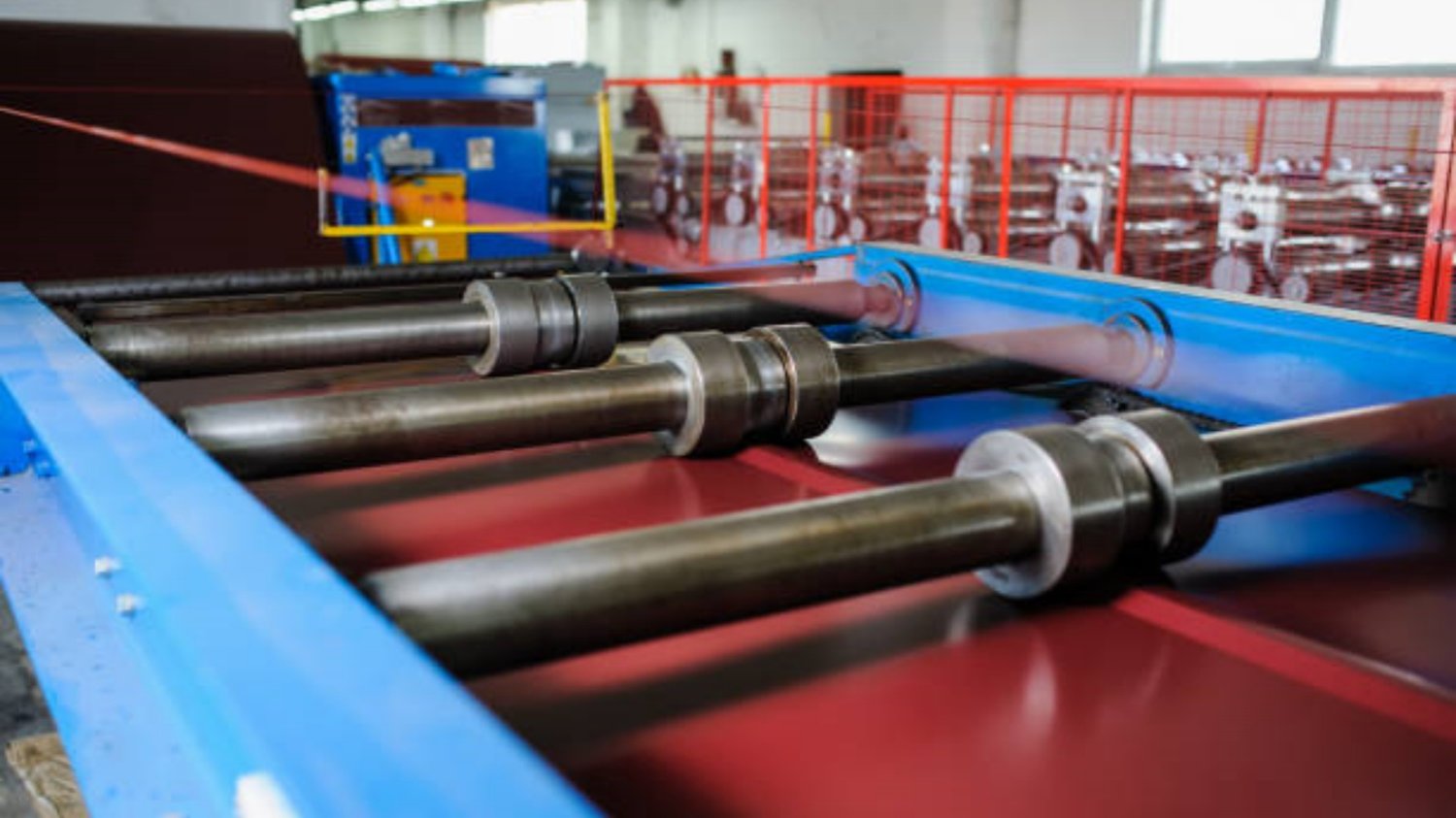The Basics of Roll Forming and Bending
Roll forming and bending are two common metal forming processes used in various industries. While they both shape metal, there are significant differences between the two techniques. In this article, we will explore the dissimilarities between roll forming and bending, including their processes, applications, advantages, and limitations.
Understanding Roll Forming
Roll forming is a continuous metal shaping process that involves passing a strip of metal through a series of roller dies, gradually forming it into the desired shape. The rollers are specially designed to bend the metal incrementally, creating a uniform cross-section along the entire length of the part. This process is typically used for producing long, consistent profiles with complex shapes, such as C-channels, hat channels, and tubes.
The Process of Bending
Bending, on the other hand, involves deforming the metal by applying force to it, causing it to curve or change shape. This can be done using various methods, including press brakes, roll benders, or specialized bending machines. Unlike roll forming, bending is a localized process and is often used to create specific angles or bends in a metal part.
Applications of Roll Forming
Roll forming is widely used in industries such as automotive, construction, and appliance manufacturing. It is particularly suited for producing parts with consistent cross-sections, complex geometries, and long lengths. Examples of roll-formed products include roof panels, garage doors, shelving systems, and window frames.
Applications of Bending
Bending, on the other hand, is commonly used in industries that require precise angles or bends in metal parts. It is often used in the fabrication of structural components, such as brackets, frames, and supports. Bending is also widely used in the production of furniture, handrails, and decorative metal pieces.
Advantages of Roll Forming
Roll forming offers several advantages over bending. Firstly, it allows for the production of long, continuous profiles that are difficult to achieve through bending alone. Secondly, roll forming provides better control over the shape and dimensions of the final product, ensuring consistent quality throughout the entire length. Additionally, roll forming can be a cost-effective solution for high-volume production, as it can be automated and requires minimal manual intervention.
Advantages of Bending
Bending, on the other hand, is advantageous when precise angles or bends are required. It offers more flexibility in terms of design, allowing for the creation of unique shapes and configurations. Bending is also a versatile process that can be performed on various types of metal, including aluminum, steel, and stainless steel.
Limitations of Roll Forming
While roll forming has many advantages, it does have some limitations. One limitation is that it is more suitable for producing long, continuous profiles rather than shorter, complex parts. Additionally, the initial setup costs for roll forming can be higher compared to bending, especially for custom or low-volume production.
Limitations of Bending
Bending also has its limitations. It is more challenging to achieve consistent profiles and dimensions throughout the entire length of a bent part. This can lead to variations in quality and may require additional finishing processes. Bending is also not ideal for producing parts with complex geometries or consistent cross-sections.
Conclusion
In summary, roll forming and bending are two distinct metal forming processes. Roll forming is a continuous process used for producing long, consistent profiles with complex shapes, while bending is a localized process used for creating specific angles or bends. Both techniques have their advantages and limitations, and the choice between them depends on the specific requirements of the application.

